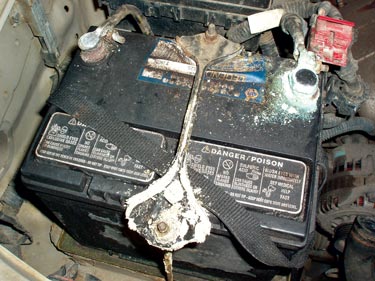Honda LIN Line Controlled Charging Systems
On older vehicles, the alternator and engine were never really connected. The alternator was internally or externally self-regulated to a voltage, but that was it.
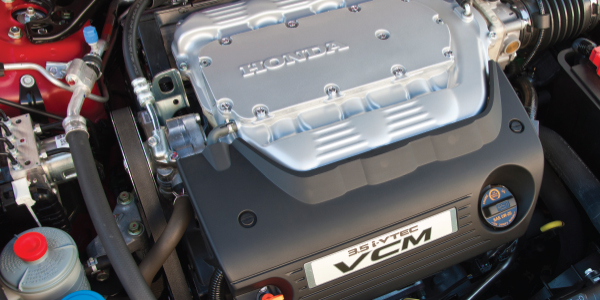
VIDEO: When Can A Battery Freeze?
Andrew Markel discusses batteries in winter conditions, and how the state of charge can determine when it freezes. Sponsored by Auto Value and Bumper to Bumper.

VIDEO: ECM Alternator Regulation; No More Full Field Testing
Andrew Markel explains how modern alternators are designed to have their loads regulated by the ECM, eliminating the need for full field testing. Sponsored by Auto Value and Bumper to Bumper.
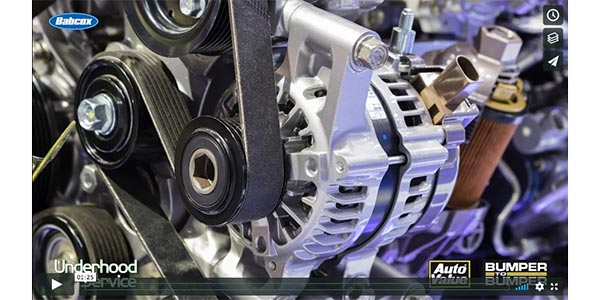
VIDEO: Checking Battery Health Before Module Programming
Andrew Markel discusses programming modules on a vehicle, and the importance of checking the health of the battery before performing the procedure. Sponsored by Nissan.
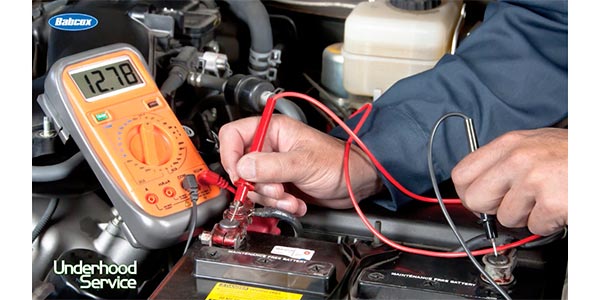
Stretch Belts: New Belt Opportunity
Stretch belts can take loads off of the main accessory belt drive, allow for better packaging, and solve NVH problems that can occur with a longer serpentine belt. Less belt means less tension and fewer noise and vibration problems.
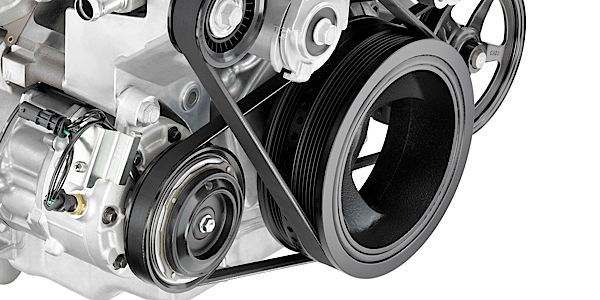
Alternator Testing: What Is The Correct Voltage?
For some alternators, it’s normal to see as low as 13 volts. For some, a constant 13.6 volts is an indication of a problem. For others, it’s normal to see as high as 16 volts for long stretches. Still, it’s perfectly normal for others to see the alternator not charge at all intermittently.
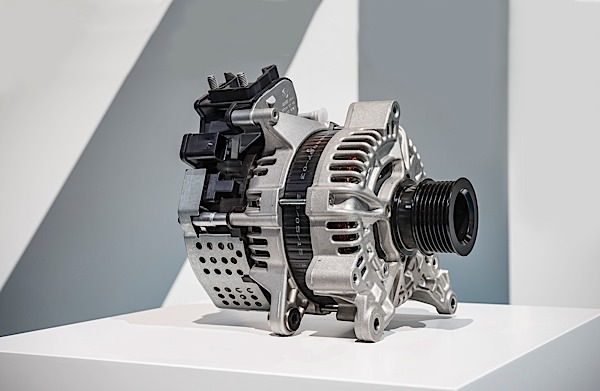
VIDEO: Check The Battery When Replacing The Alternator
Andrew Markel stresses the importance of checking the battery during an alternator replacement job, and replacing it if it is worn out or will not accept a charge. Sponsored by DENSO.

VIDEO: Three Tips For Your Next Alternator Installation Job
Andrew Markel goes over the proper installation procedure for a brand new alternator. Sponsored by DENSO.
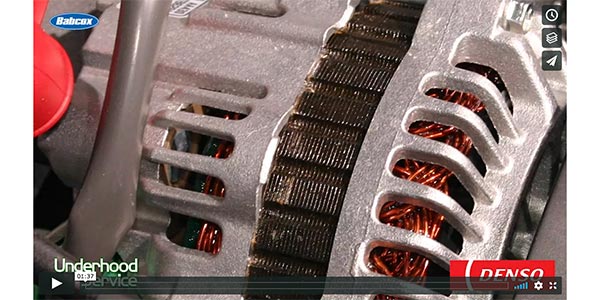
VW Beetle, Golf And Jetta: Broken Tensioner, Root Cause Of Failure Is Alternator Pulley
This type of failure is the result of severe vibrations in the accessory belt drive system. While a broken tensioner may be the result, the root cause often lies elsewhere in the system.
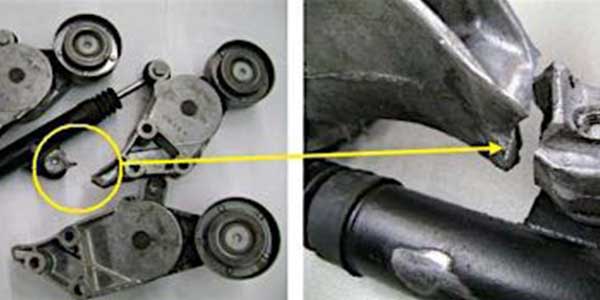
Alternator Testing: High-Draw Accessories Bringing Change
An alternator is designed to turn at approximately two to three times crankshaft speed. Total alternator output is generally rated at 6,000 alternator rpm. Consequently, a 2:1 alternator drive ratio can usually be found on high-performance engines or constant-speed, over-the-road truck engines where the average engine speed is about 3,000 rpm. For most passenger cars, a 3:1 ratio between alternator and crankshaft speed translates into maximum alternator output of 2,000 engine rpm, which is the engine speed at which most alternators are tested.
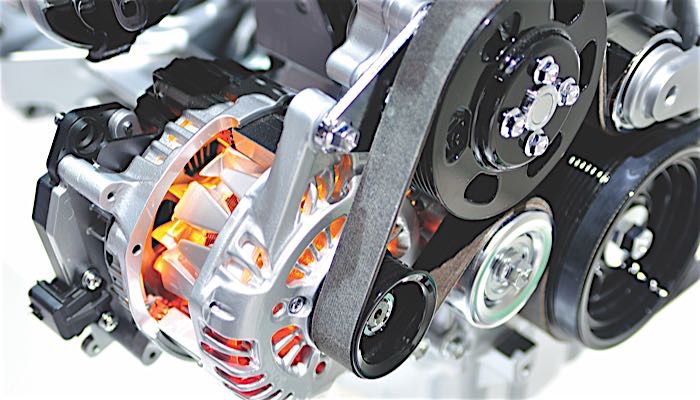
Battery Going Dead, Replaced A/C Control Module And Actuators
Shortly after a charging system test, while looking for loose wiring, a clicking noise was found and appeared to be moving throughout the dash in a cycle. The temperature control doors were clicking, attempting to move, but were in fact stuck to one extreme. Scanned the HVAC system and retrieved 3 codes.
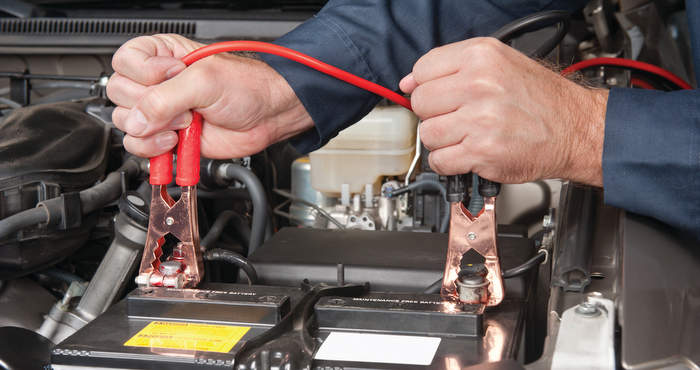
Parasitic Drain: 2003 Chevrolet Tahoe
This month’s Diagnostic Dilemma concerns a 2003 Chevrolet Tahoe with a parasitic battery drain that leaves it with a dead battery. The first step in diagnosing a parasitic drain is interviewing the customer to determine the average number of days and the driving conditions under which the battery drains.
